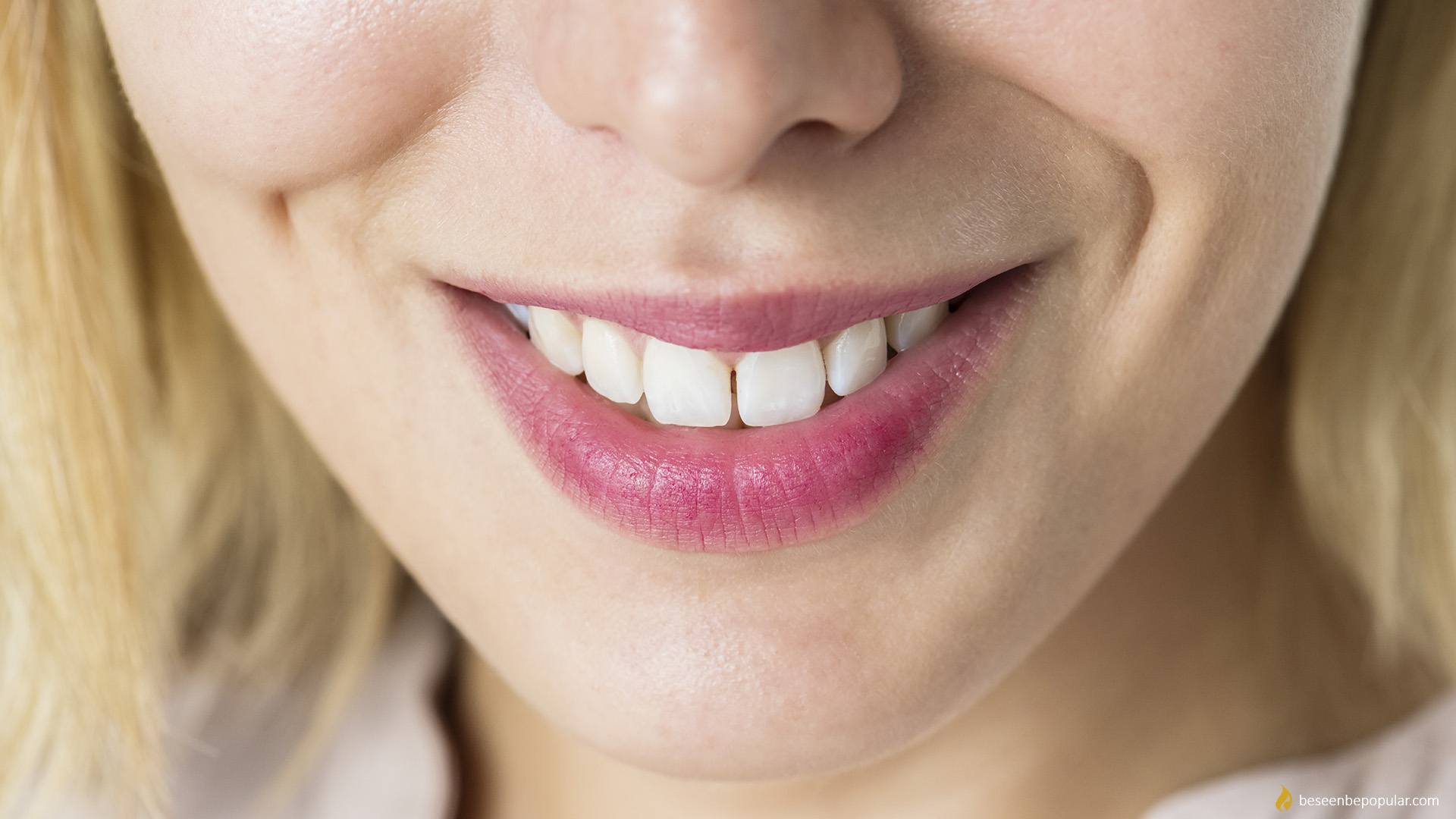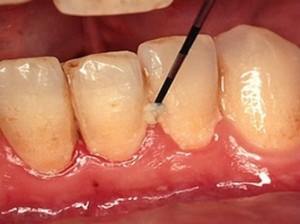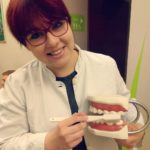
About dental biofilm
All dental practitioners talk about biofilm, plaque and similar, and most people don’t know what it is. Today we will uncover the secret and mystery of dental biofilm; which is, as it arises, why we have it in our mouth and most importantly how it is removed.
Oral microorganisms
Oral microorganisms that are permanent residents of the oral cavity are adapted to use endogenous nutritional items, but by ingesting cariogenic foods are beneficial to the development of other, foreign microorganisms. In the oral cavity, the physiological flora is composed of aerobes, but inside the dental biofilm there are facultative anaerobic batteries and obligatory anaerobes that live due to biofilm deposition.
The diversity of microflora in the mouth increases during the first months of a child’s life. The colonizers who colonize the oral cavity are the pioneering species and include streptococci – S. Salivaris, S. Mutans, S mitis and S. Ralis. Over time, gram-negative anaerobes, such as Prevotella melaninogenica, Fusobacterium nucleatum and Veillonella spp, also appear.
What benefits of dental biofilm formation and how it forms
Oral micro-organisms must attach to the surface for survival and begin their growth and development, otherwise they are lost from the habitat. The formation of biofilm layers is a dynamic and continuous process in which the attachment of microorganisms, their growth, removal and re-attachment can occur simultaneously.

Photo: Dental Kovač
The formation of dental biofilm occurs in several stages:
1. pellicle formation, attachment of individual bacterial cells (0 – 24 h);
2. the growth of attached cells creates separate microcolonies (4 – 24 h);
3. with the further growth of microcolonies, the microbial sequence leads to species diversity (1 – 7 days);
mature biofilm (after one week).
Biofilm formation, development, and progression are influenced by various factors, the most important being saliva composition and nutrition. Saliva helps maintain the pH of the oral cavity between 6.7 and 7.25 at a temperature of 35˙C to 36˙C. A carbohydrate-rich diet increases oral acidity and the growth rate of oral microorganisms.
Can dental biofilm be removed?
As a rule, the oral biofilm, ie the natural microflora of the oral cavity, cannot be completely removed. By regular and adequate implementation of oral hygiene, we can and should keep our microflora “under control”. If we neglect our oral health, the micro-organisms in our mouth, as discussed above, multiply and satiety occurs. If micro-organisms are saturated within our oral cavity, it becomes an ideal habitat for many other residents of our mouths, where the caries lesions appear.
A simple rule for every day
So a summary of everything. There is a natural microflora in the mouth. By regularly brushing our teeth, we keep our oral flora under control. Not all organisms that live inside our oral cavity are pathogenic and bad for us! A simple rule of thumb for everyone to follow: “Brush your teeth 3 times a day and get tooth decay out!”

Author: Iva Tomić, Univ. Bacc. Dent. Hig
Dental hygienist view

I give consent to Be Seen Be Popular (BSBP) to process and use my personal information ( name and e-mail address ) in order to answer to my inquiry and send information associated with this website.